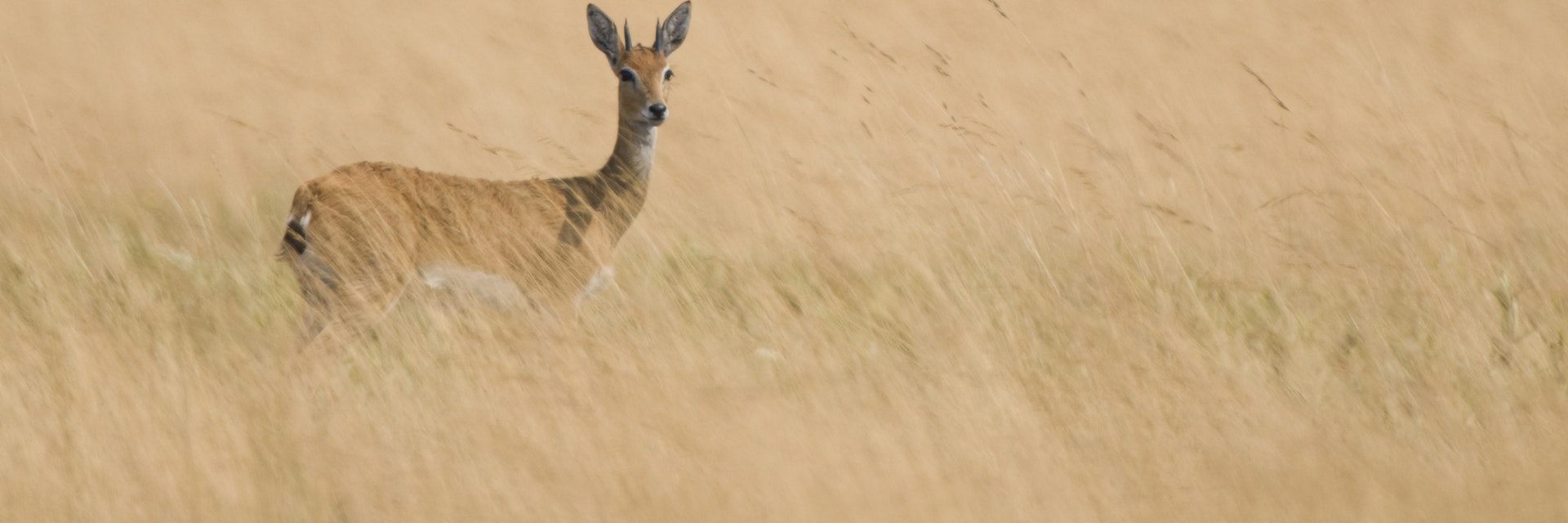About 100km northwest of Mongu near the Angolan border, Liuwa Plain National Park is 3600 sq km of true wilderness. The remote park is characterised by expanses of flat, grassy flood plains, and most famous for the second-largest wildebeest migration in Africa in the wet season, when wall-to-wall herds gather at the beginning of November. Liuwa is also notable for having one of the highest population densities of hyena in the world and a stunning variety of birdlife.
Other species include lion, cheetah, wild dog, zebra, buffalo, lechwe, wildebeest, tsessebe and Roan antelope.
Since 2004 the park has been managed by African Parks (www.african-parks.org), an international organisation that assists African governments in funding conservation projects. It's responsible for the welfare and facilities of the park, and has done wonders in reviving animal numbers both here, and other parks across Africa.
A sizeable community of Lozi people live both within and around the park, and you'll pass their round thatched-hut villages en route.
Although its out-of-the-way location means it's less visited than Zambia's other parks, Liuwa is a wonderful choice for those seeking an alternative route that offers unique scenery and wildlife. Its grassy savannah plains are so flat that one distinctive landmark, the 'lone palm', can be seen from 40km away.
Liuwa Plain is accessible from May/June to December, but the best time to go is November, just after the rains start (the later the better). Make sure you leave before the flood waters rise, however, or you’ll be stuck for months. Africa Parks, however, are aiming to make Liuwa accessible year round through an upgrade to its airstrip.
Most visitors are here to see the wildebeest 'migration' in November, which congregate here in vast numbers that turn the park into a 'mini Serengeti'. Though small in numbers, the lion population is well known due largely to the documentary, The Last Lioness. It features the journey of Lady Liuwa, who, following years of war and poaching, was for a long time the park's sole lion.
The birdlife here is right up there with the best in the country, with 330 species recorded.
